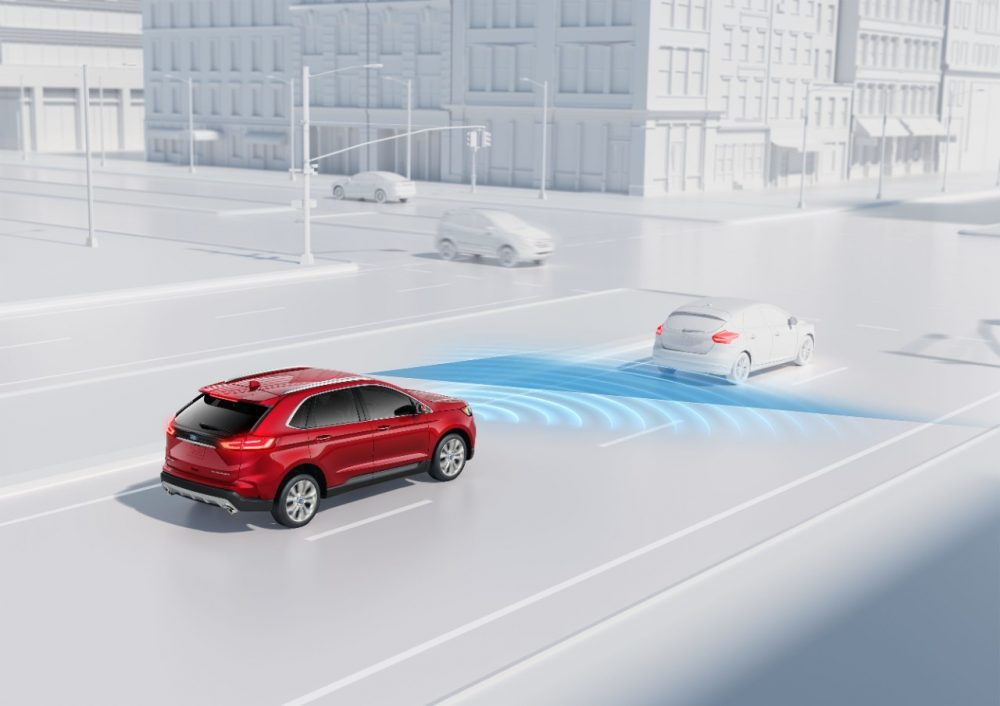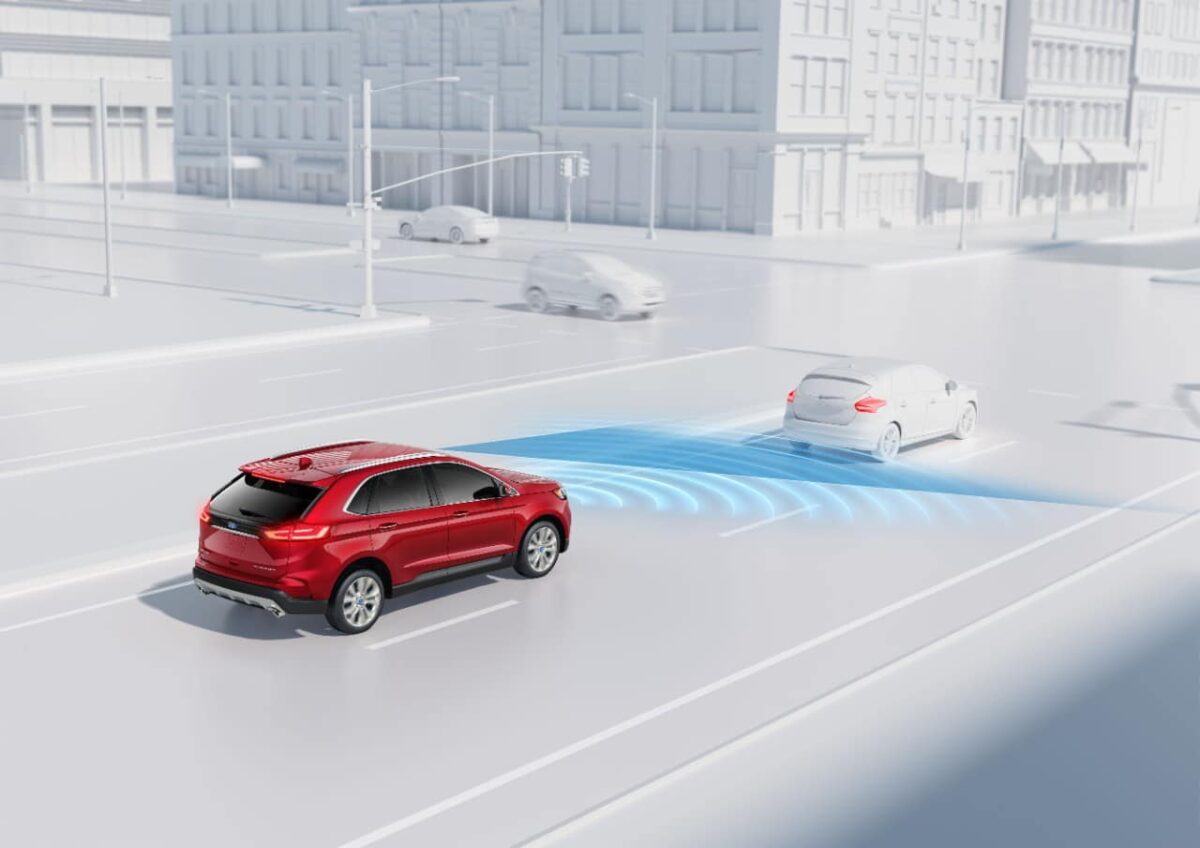 90% of new vehicles offer automatic emergency braking, including the Ford Edge
90% of new vehicles offer automatic emergency braking, including the Ford Edge
Photo: Ford
The National Highway Traffic Safety Administration will require all automakers to offer automatic emergency braking as standard equipment on passenger vehicles by 2029. Per the new Federal Motor Vehicle Safety Standard, compliant AEB systems will be required to detect pedestrians; stop and avoid a collision with a vehicle at speeds of up to 62 mph; and automatically brake at speeds of 45 mph and 90 mph when a collision with a pedestrian or vehicle is imminent, respectively.
NHTSA estimates that the new standard will help save around 360 lives, prevent approximately 24,000 injuries, and over $5 billion in damages per year. In contrast, requiring AEB technology to be standard should have minimal impact on vehicle pricing — NHTSA estimates an increase of around $80 per vehicle.
NHTSA Deputy Administrator Sophie Shulman notes that several OEMs already offer automatic emergency braking as a standard feature on new vehicles. Chevy Safety Assist, Ford Co-Pilot360, Nissan Safety Shield 360, and Toyota Safety Sense are standard on most of the respective automakers’ new vehicles and offer some kind of AEB system.
While some 90% of new vehicles come with automatic emergency braking, the new Federal Motor Vehicle Safety Standard allows NHTSA to set stricter requirements. U.S. Transportation Secretary Pete Buttigieg underscores the importance of this new standard, telling the Associated Press in an interview, “We’re living through a crisis in roadway deaths.”
Advocates for Highway and Auto Safety President Cathy Chase calls the new standard “a true game changer” and “a major victory for all consumers and public safety.” However, she tells AP that the original proposal and its quicker three-year adoption timeline would have saved more lives. Chase also expresses disappointment in the lack of regulation with respect to bicyclists and mobility scooter users.
Kyle S. Johnson lives in Cincinnati, a city known by many as “the Cincinnati of Southwest Ohio.” He enjoys professional wrestling, Halloween, and also other things. He has been writing for a while, and he plans to continue to write well into the future. See more articles by Kyle.



